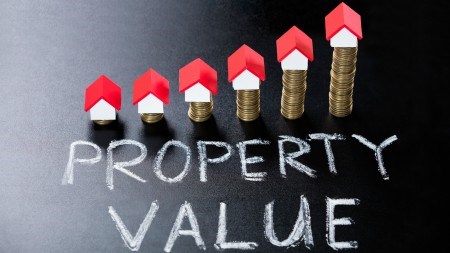Size, usability and market conditions come into play when determining the current and future value of stand.
One might assume, taking location into account, that the bigger the stand, the more the buyer would pay for it, but that is actually not always the case, notes Gerhard Kotzé, MD of the RealNet estate agency group.
“Depending on buyer requirements and lifestyles, the ‘usability’ of a stand – sometimes also called a plot or an erf - frequently outweighs the importance of its size when it comes to calculating its value. For example, a house situated on a large piece of property that is on a very steep hillside might have less appeal and also sell for less than a similar house on a smaller, level stand, if what most buyers in that area want is space for outdoor entertaining, children, pets or gardening.”
Similarly, he says, in a suburb where all the homes are on level stands, the ones with the biggest stands may no longer command the highest prices these days because of the steep increases in municipal property rates in recent years, and because large grounds usually cost more to maintain and secure.
“In fact, the latest FNB figures show that these considerations, combined with the rising cost of land itself and densification due to urbanisation, have reduced the average stand size in SA’s urban areas by almost half over the past 40 years, to the current 552sqm.”
However, says Kotzé, higher-income buyers still tend to prefer bigger stands that offer more privacy and room for expansion, so in upmarket areas, the homes that are on larger-than-average stands will usually still sell at a premium.
“On the other hand, busy young professionals and executives with no children and no time to spend on garden maintenance now frequently prefer larger homes on smaller stands in estates and cluster developments.”
Then of course market conditions also come into the equation. “When the number of homes for sale is high and demand is relatively low, for example, buyers will usually be less willing to make any concessions or compromises as regards the size and type of stand they expect.”
But in any case, he says, it is wise to consider the resale potential of a stand as well as the house on it before you buy. “A good local agent will certainly be able to tell you what most buyers in the area prefer, whether that is smaller, low maintenance gardens with a sense of privacy, or rambling gardens with plenty of room for children and pets to play and visitors to park.
“You should also bear in mind, though, that buyer preferences can change, and that a home set on a stand that is unusually big or small for the area, or oddly shaped, could become difficult to sell in the future.”




